Back
Loading...
HOME / SPORTSPEDIA
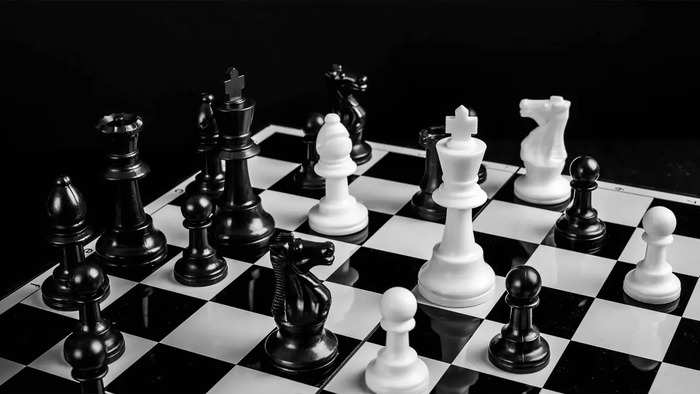
SportsPedia: Chess
Sep 16, 2022, 17:48

Chess is a board game that involves two players, who move the pieces with the objective to checkmate the opponent's king. A chessboard has a total of 64 squares in alternate colors (light and dark), arranged in an eight-by-eight grid. Having its roots in India, the game is believed to have originated during the Gupta empire, where it was called chaturanga. In the modern version of the game, each player has 16 pieces under their control. These include:
1 King
1 Queen
2 Rooks
2 Bishops
2 Knights
8 Pawns
The International Chess Federation (FIDE) governs the chess competitions internationally. Let’s understand the rules of chess as per the FIDE Handbook:
Setup
The chess pieces are in two different color sets of 16 pieces each. The sets and the players of the respective sets are referred to as ‘black’ and ‘white’, even if the sets are not literally black or white. The rows in a chessboard are called ranks and the columns are called files. So, the order, left to right on white’s first rank or row is: rook, knight, bishop, queen, king, bishop, knight, rook. The eight pawns are present in the second rank. The position of black mirrors that of white. The queen is placed on her own color, that is white queen is placed on the light square and vice-versa.
Movement of pieces
Check and Checkmate
When the king is under an immediate attack by an opponent's piece, it is said to be in check. The only legal move after this is one which ensures that the king is no longer in check. The main objective of the game is to checkmate your opponent, this happens when there is no possible legal move to get out of check. Any move by a player that puts his own king in check is not legal.
A game ends with either checkmate, resignation, the opponent running out of time or forfeit, in case a player cheats/ violates the rules. A game can also end in a draw as in the case of stalemate, when a player has no legal move left but is not in check.
In a competition, chess is played with time control. If a player runs out of time, the game is automatically lost, provided the opponent has enough pieces to be able to deliver a checkmate. The duration of the game can range from seven hours to 3 minutes per player (bullet chess).
The following are the lifetime titles that can be awarded by FIDE:
Chess in India
In India, the All India Chess Federation is the body responsible for governing the game of chess. Viswanathan Anand has played an important role in increasing the popularity of chess in India, the former 5-time world champion was the first Indian Grandmaster. In 2001, Subbaraman Vijayalakshmi became the first Indian woman to be awarded the title of Grandmaster, she also won the Indian National Championship six times, highest for a woman. Kishan Gangolli holds the record of winning the maximum number of Indian National Championship (Blind). In the year 2018, R Praggnanandhaa became the youngest Indian Grandmaster at the age of 12.
1 King
1 Queen
2 Rooks
2 Bishops
2 Knights
8 Pawns
The International Chess Federation (FIDE) governs the chess competitions internationally. Let’s understand the rules of chess as per the FIDE Handbook:
Setup
The chess pieces are in two different color sets of 16 pieces each. The sets and the players of the respective sets are referred to as ‘black’ and ‘white’, even if the sets are not literally black or white. The rows in a chessboard are called ranks and the columns are called files. So, the order, left to right on white’s first rank or row is: rook, knight, bishop, queen, king, bishop, knight, rook. The eight pawns are present in the second rank. The position of black mirrors that of white. The queen is placed on her own color, that is white queen is placed on the light square and vice-versa.
Movement of pieces
- The white moves first, then the players move a piece in alternate turns. Castling is an exception where two pieces are moved in a single turn. It involves moving the king two squares towards a rook on the same rank and then moving the rook to the square the king passed over. However, this move is only permitted if the king and the rook have not been moved previously, the squares between both of them are vacant and the king is not leaving, crossing over or ending up on a square attacked by an opposing piece.
- A piece can only be moved to a vacant square. If it is moved to a square occupied by the opponent's piece, the opponent’s piece gets removed from the play.
- A player cannot skip a turn, even when moving a piece is undesirable.
- The king can move one square in any direction.
- A queen can move any number of squares along a rank/file or diagonally.
- A rook can move any number of squares along a rank or file, that is it can move either horizontally or vertically.
- A bishop can move any number of squares diagonally, this implies that it can only move on either white or black squares that is the color it was initially placed on.
- The knight moves in an ‘L shape’, 2 squares vertically and then 1 square horizontally. It is the only piece that can leap over intervening pieces.
- A pawn can move forward to an unoccupied square in front of it. In its first move it can move two squares in front, provided they are unoccupied. Though it can only capture a piece diagonally and not while advancing forward. When a pawn advances to the eighth rank it can be exchanged for a queen/ bishop/ rook/ knight, depending on the player’s choice.
Check and Checkmate
When the king is under an immediate attack by an opponent's piece, it is said to be in check. The only legal move after this is one which ensures that the king is no longer in check. The main objective of the game is to checkmate your opponent, this happens when there is no possible legal move to get out of check. Any move by a player that puts his own king in check is not legal.
A game ends with either checkmate, resignation, the opponent running out of time or forfeit, in case a player cheats/ violates the rules. A game can also end in a draw as in the case of stalemate, when a player has no legal move left but is not in check.
In a competition, chess is played with time control. If a player runs out of time, the game is automatically lost, provided the opponent has enough pieces to be able to deliver a checkmate. The duration of the game can range from seven hours to 3 minutes per player (bullet chess).
The following are the lifetime titles that can be awarded by FIDE:
- Grandmaster: Apart from world champion, it is the highest title that a player can attain. It requires a minimum Elo rating of 2500.
- International Master: The minimum rating required for this title is 2400.
- FIDE Master: Can be attained by a player with a FIDE rating of at least 2300.
- Candidate Master: Can be attained by a player with a FIDE rating of at least 2200.
Chess in India
In India, the All India Chess Federation is the body responsible for governing the game of chess. Viswanathan Anand has played an important role in increasing the popularity of chess in India, the former 5-time world champion was the first Indian Grandmaster. In 2001, Subbaraman Vijayalakshmi became the first Indian woman to be awarded the title of Grandmaster, she also won the Indian National Championship six times, highest for a woman. Kishan Gangolli holds the record of winning the maximum number of Indian National Championship (Blind). In the year 2018, R Praggnanandhaa became the youngest Indian Grandmaster at the age of 12.

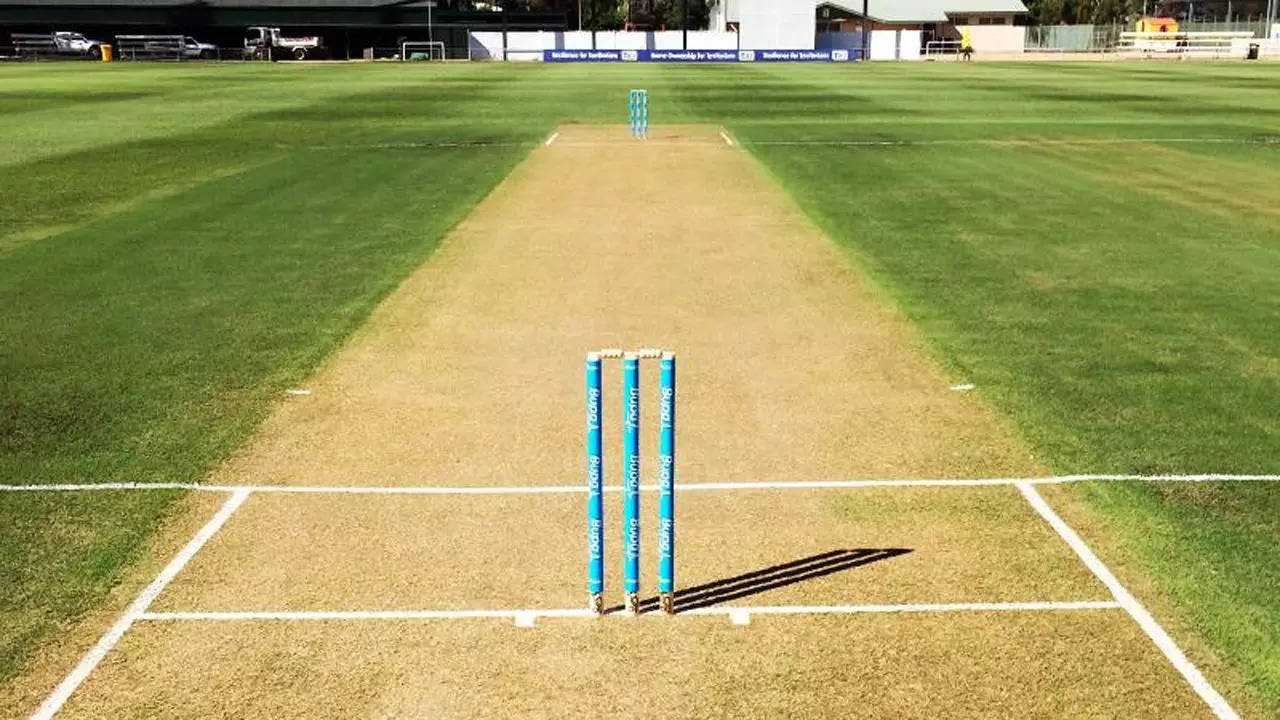
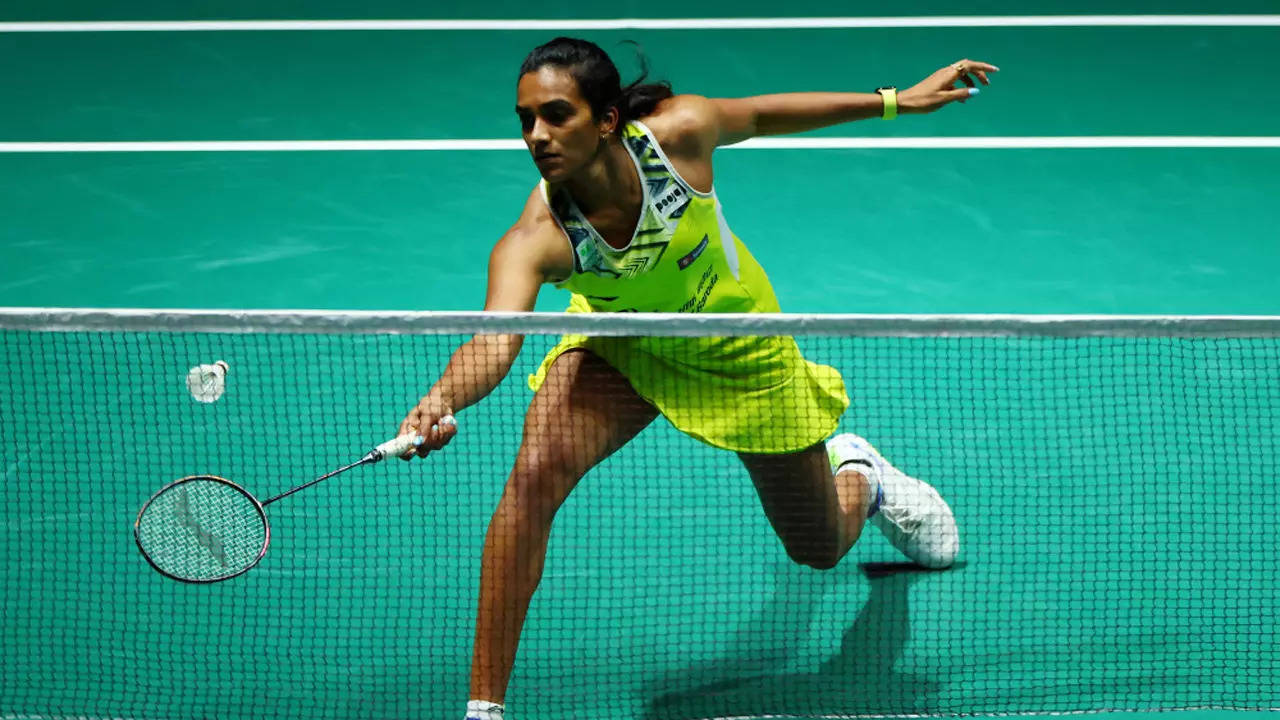
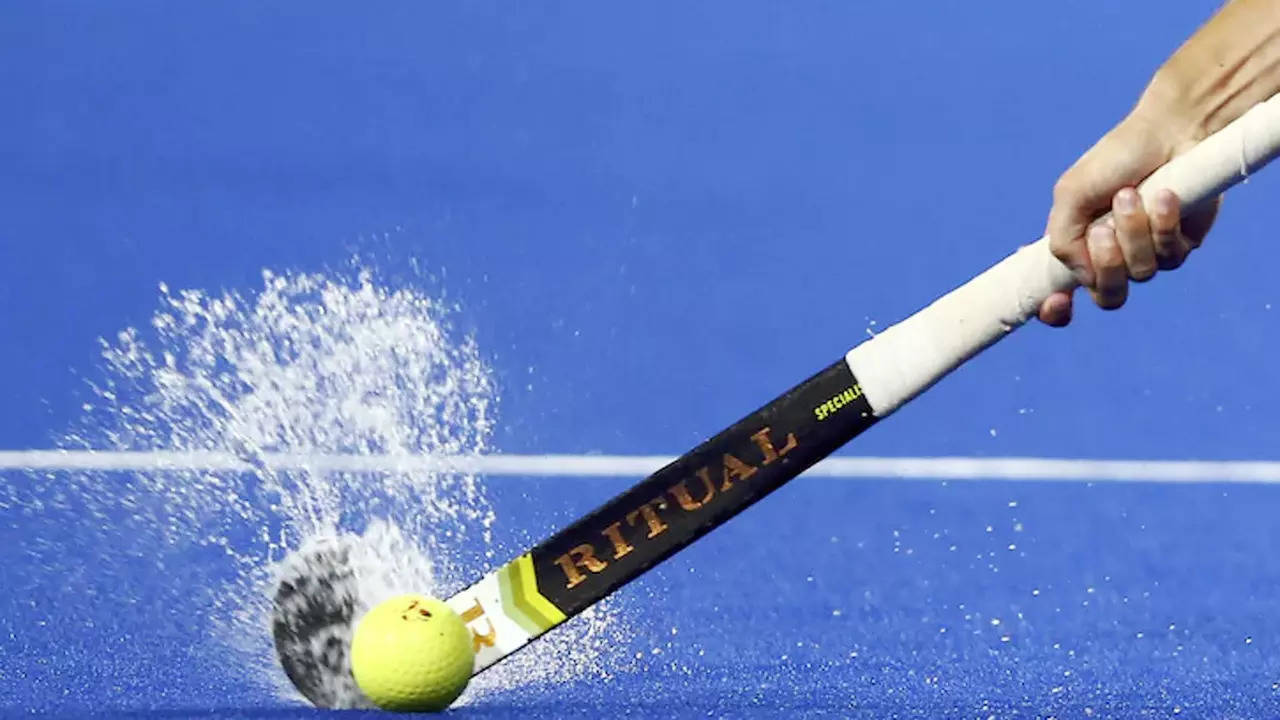

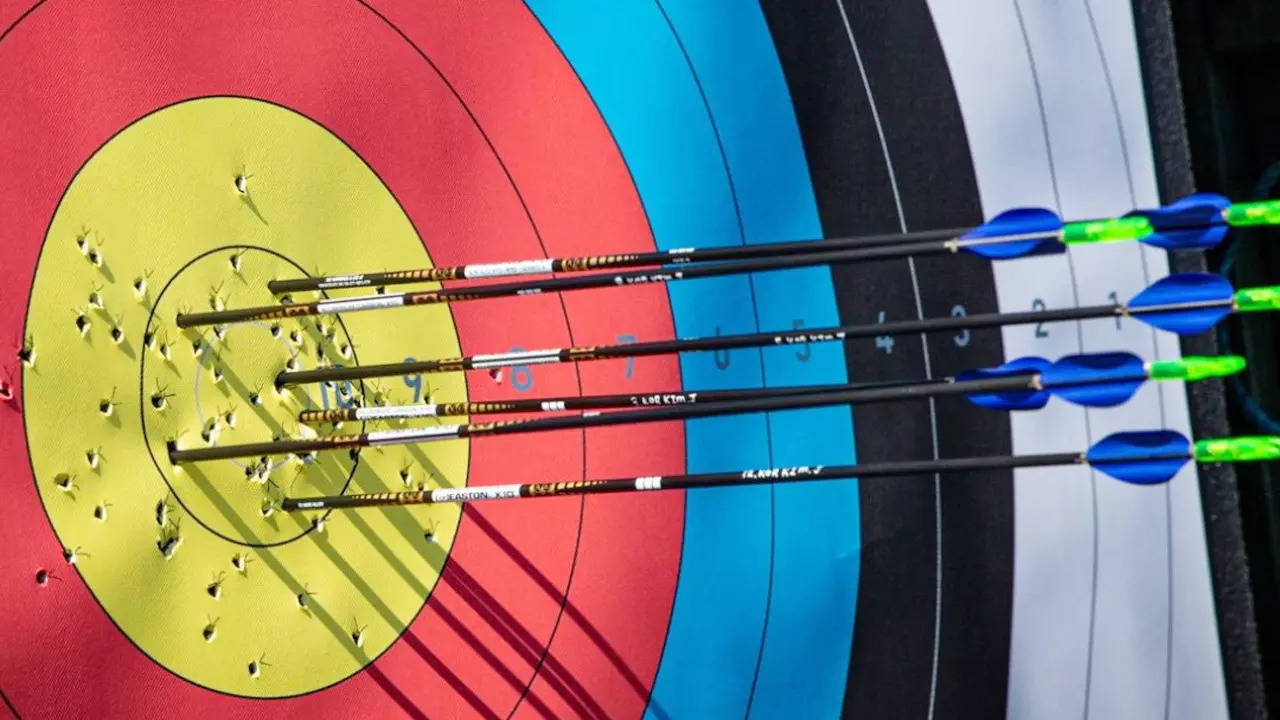
Follow us on